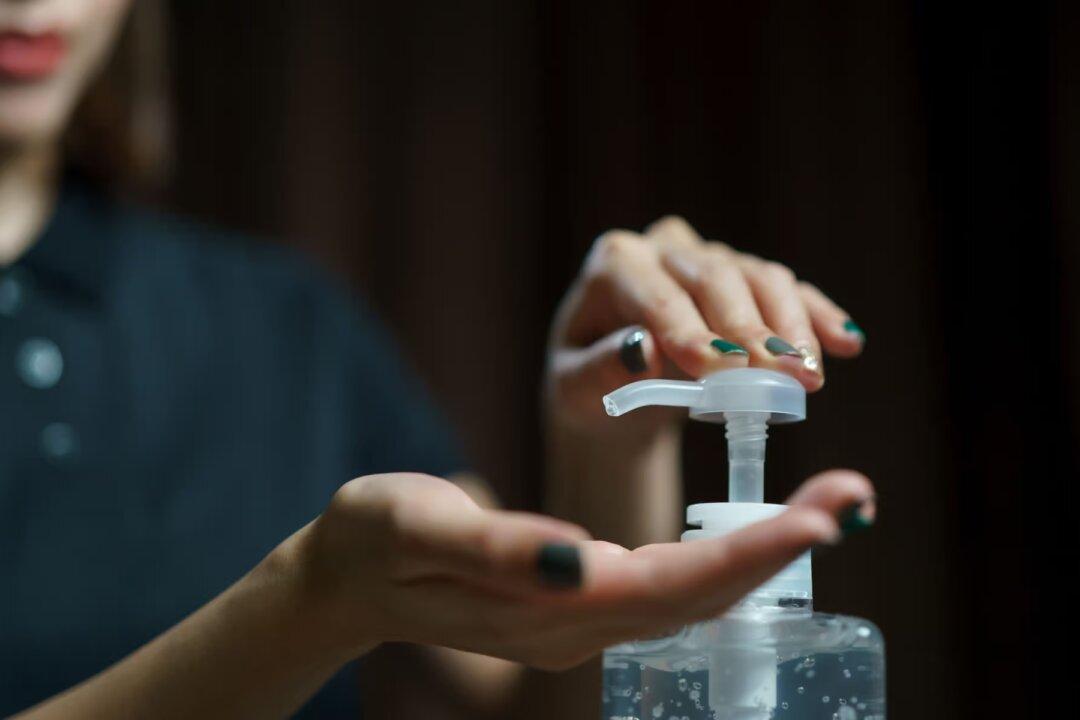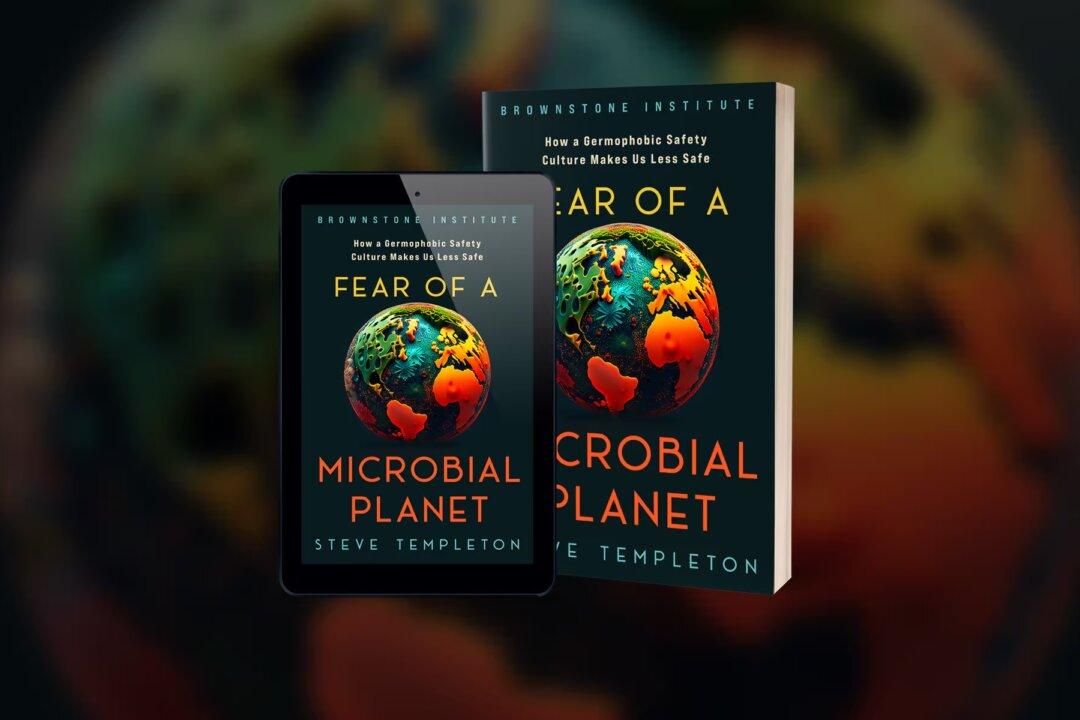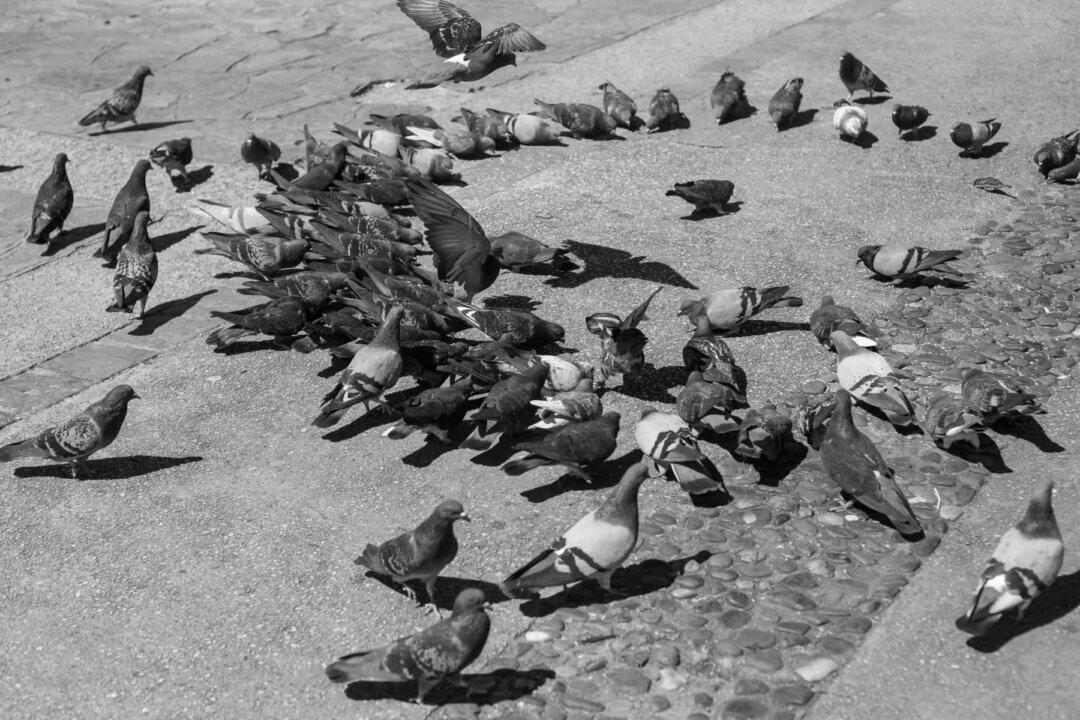Commentary
During the COVID pandemic, the world was drowned in a flood of hand sanitizer. At my daughters’ school, every classroom had a tower dispenser right at the door, and kids were forced to apply every time they entered the room. Some kids took things even further, likely encouraged by their parents, keeping an extra bottle at their desk, applying routinely. My daughter told me one boy’s hands became so dry and chapped in the winter that they began to bleed.





